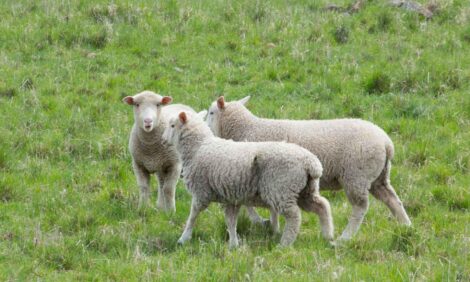



Tackle Scours: Chill Colostrum
Calves could see scouring problems reduce if colostrum is refrigerated close to 40 fahrenheit (4.4 degrees celcius), according to a calf management expert."As a best management practice, you want to feed colostrum before bacteria in it can multiply," explains Dr Sam Leadley of Attica Veterinary Services in New York state.
"A practical goal is within one-half hour after it is collected."
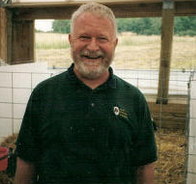
However, many times, it is not fed this quickly, and therefore, chilling colostrum is prudent because the closer we get to 40 F (compared with 100 F out of the cow), any bacteria in the colostrum grow more slowly, writes Dr Leadley.
He outlines four different methods he has observed on farm, covering pros and cons.
Cooling Methods
I took a photo of this dedicated colostrum chiller at a large dairy, writes Dr Leadley. Yes, it was custom made just for chilling colostrum. It works great, but it is a bit on the expensive side.
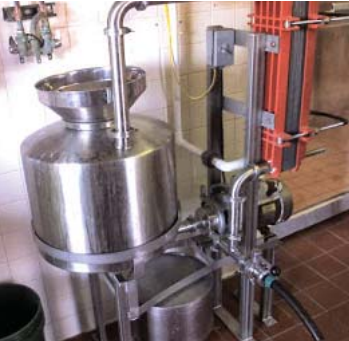
Want a More Practical Method?
Here are three on-farm ideas.
1 - This farm chose to pour freshly harvested colostrum into 2-quart pitchers purchased at Wal-Mart. The white ones shown in the picture were used for colostrum that tested the highest with a Colostrometer. Not shown are the blue pitchers used for the lower-quality colostrum.
As long as ice is floating in the water, this method will chill colostrum from about 100 F to 60 F in 30 minutes.
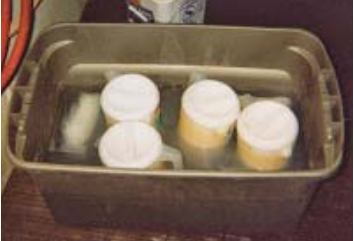
2 - On this farm, the workers chose to wash 1-gallon plastic jugs. The jugs were filled with about 3.5 quarts of water and frozen. As colostrum was collected, it was poured into clean 5-gallon pails (about 3 gallons) and a jug of ice added.
When ice is added at the ratio of one part ice-to-four parts colostrum, the colostrum will chill from about 100 F to 60 F in 30 minutes. This dairy has several used refrigerators, so this pail went directly into one of them after a lid was added.
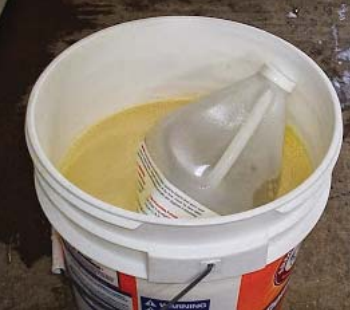
clean pails containing about 3 gallons of fresh colostrum
Many dairies that use this method of 'bottles-in-colostrum' choose to freeze one or two litre soft-drink bottles rather than one gallon jugs. As long as the 1:4 ration of ice -to-colostrum is followed, chilling to 60 F within 30 minutes will happen.
3 - This dairy purchased a used ice machine at a restaurant auction. Using plastic tubs that were purchased in a size to fit into their second-hand refrigerator, they bottled colostrum as it was collected.
Bottles go into the tub, ice and some water are added, and the whole tub goes into the refrigerator. A lid is at the left in the picture so that tubs can be stacked if necessary.
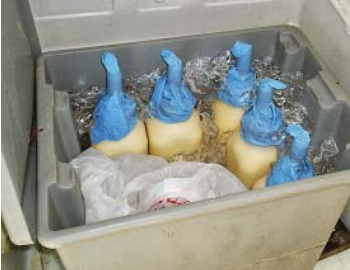
Note the blue nitrile gloves over the nipples. After the workers test the colostrum for antibody concentration, the bottles containing the lower-quality colostrum get blue gloves and the higher-quality ones get white gloves.

